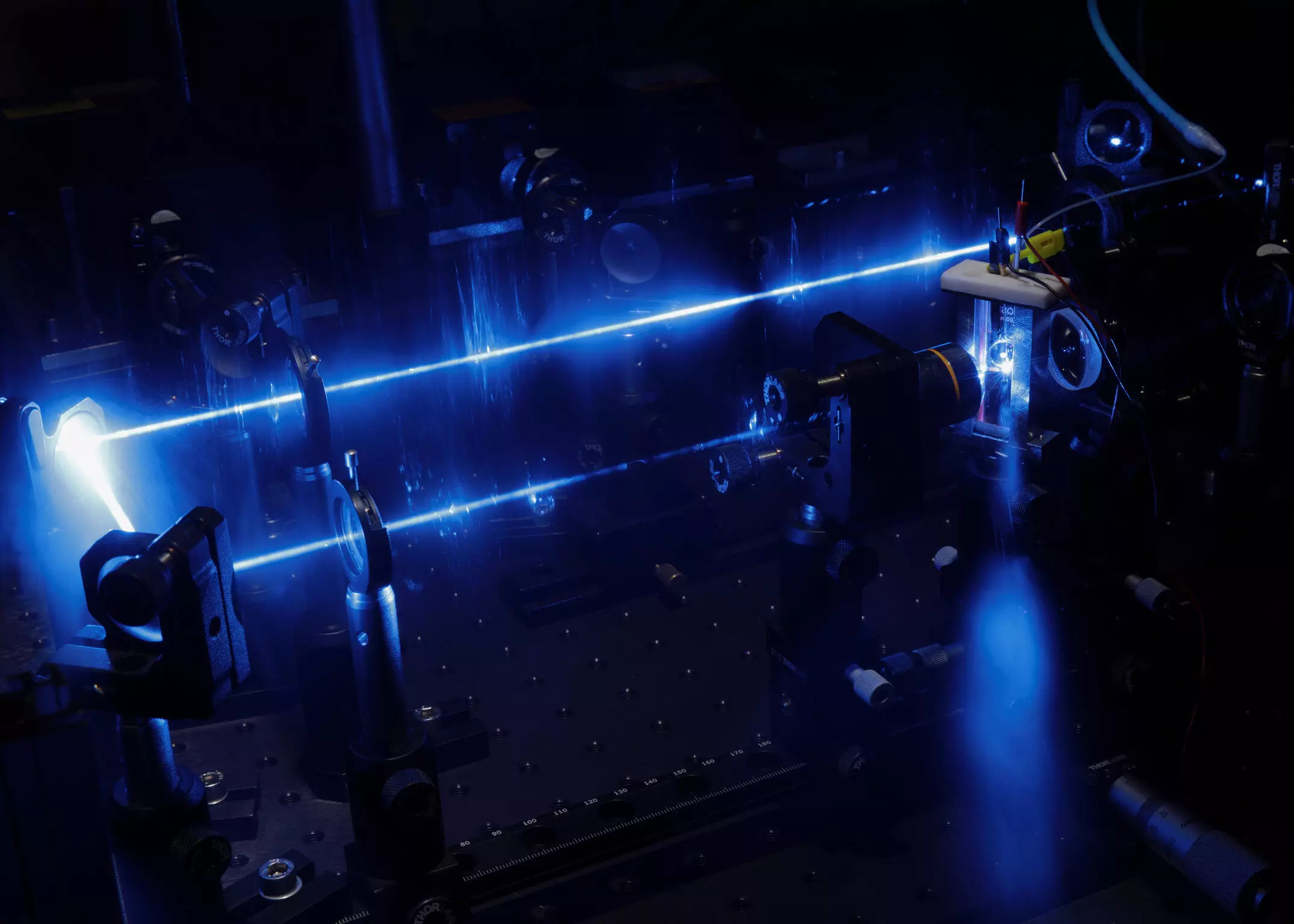Recent advancements by scientists from the Leibniz Institute of Photonic Technology and the universities of Jena and Ulm have unveiled remarkable properties of specific iron compounds that interact with light. By meticulously altering these compounds’ chemical structures, the researchers found that their light absorption capabilities could be significantly modified. This discovery centers around an intriguing concept known as the second coordination sphere, which, while not directly attached to the iron atom, profoundly affects its light-responsive behavior.
This revelation has a potentially transformative impact on how we perceive iron in the context of energy conversion technologies. Given the urgent need for more sustainable resources, this research opens avenues for utilizing iron-based complexes as a viable alternative to rare and costly metal complexes, such as those derived from iridium or ruthenium. These traditional materials have typically dominated the fields of photocatalysis and photovoltaics, bolstering the importance of this newfound research in combating environmental concerns.
Chromophores and Their Applications
Central to the findings is the role of chromophores—molecules that absorb light and can emit that energy in useful forms, such as through electron transfer. The capability of these iron complexes to effectively engage in electron transfer post-light absorption is crucial, particularly for applications in photocatalysis, where chemical reactions are driven by light, and photovoltaics, where light is converted into electricity.
The team’s research, published in the Journal of the American Chemical Society, demonstrates that by introducing or removing protons from the chemical structure of these iron compounds, they can precisely tailor the compounds’ properties. Prof. Dr. Benjamin Dietzek-Ivančić, a leading researcher on this project, articulated the significance of their findings, noting that this level of control could spearhead significant advancements in sustainable light harnessing technologies.
The implications of these findings throw a spotlight on the necessity for future research to refine and optimize these iron complexes further. Such research would enhance their application across various fields, from more efficient solar panels to innovative catalytic processes that are both economically feasible and environmentally sound. By focusing on readily available and cost-effective materials, this work aligns seamlessly with the global shift towards sustainability in materials science and engineering.
In stark contrast to previous explorations, which often emphasized the unsettling reliance on expensive materials, this breakthrough represents a viable pathway to harnessing the raw power of iron—a metal widely accessible and inherently less impactful on earth’s delicate ecosystems.
As scientists strive to refine these compounds, the future appears promising. The adjustments to the second coordination sphere and the resultant shifts in light absorption properties reveal vast potential for their application in renewable energy technologies. Scientists anticipate that ongoing studies will not only enhance the performance of iron complexes but will also pave the way for innovative solutions to existing challenges in energy production and chemical catalysis.
The pioneering work from Jena and Ulm not only reshapes our understanding of iron compounds but also positions them at the forefront of the quest for more sustainable energy solutions. By unlocking the intricate relationship between chemical structure and light absorption, these findings herald a shift toward eco-friendly alternatives in energy conversion technologies, setting the stage for a greener future.

